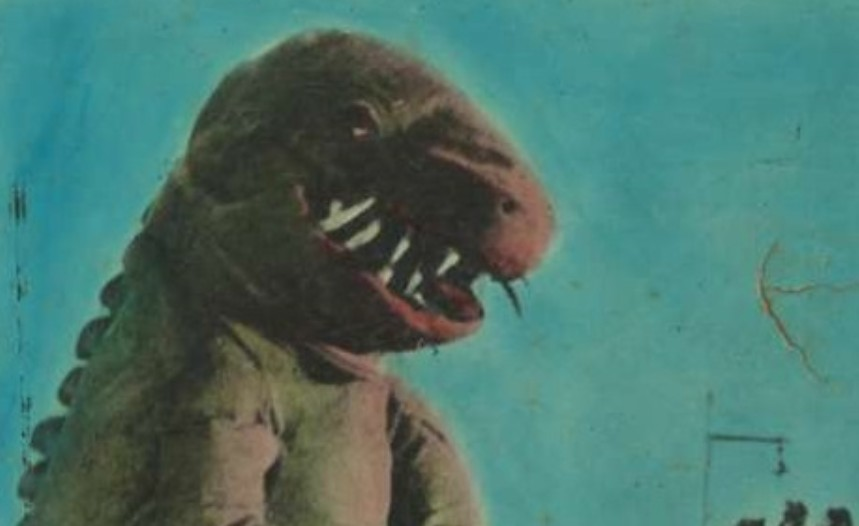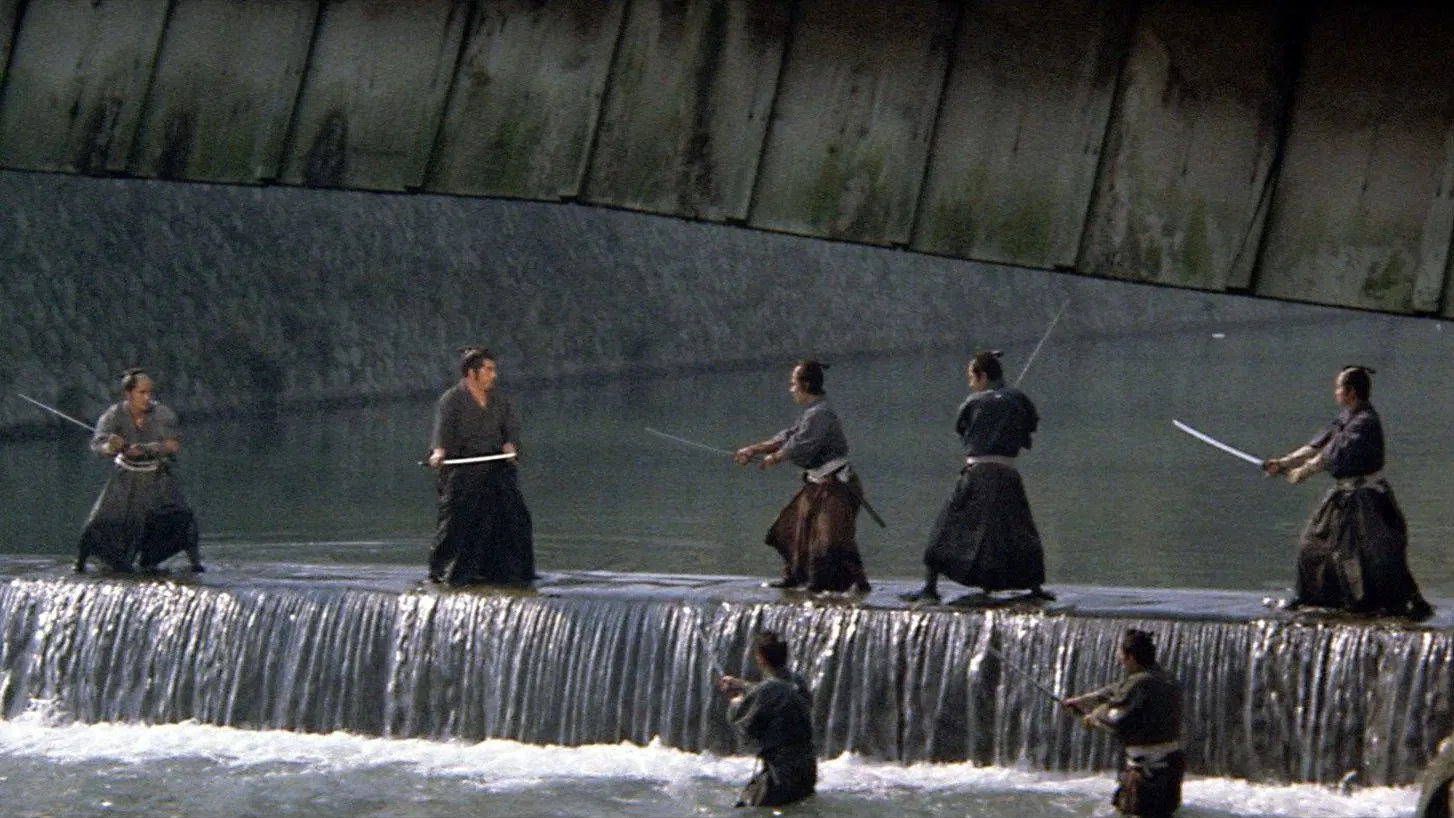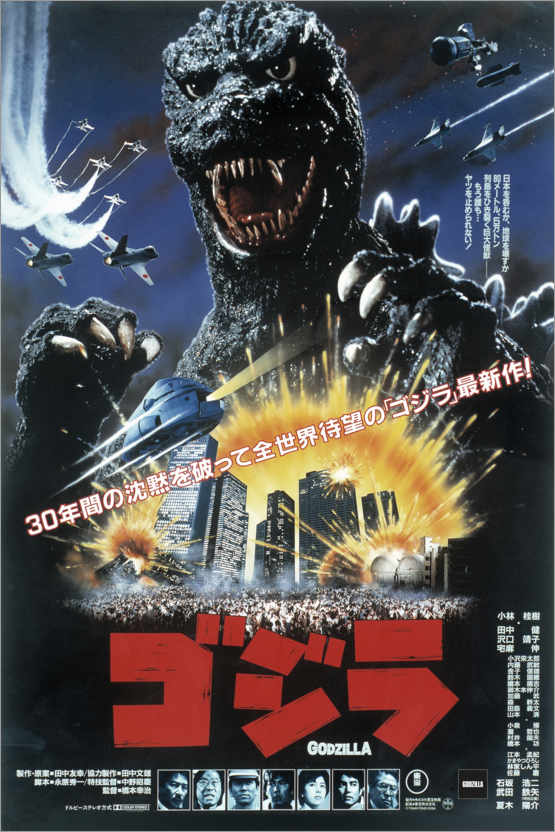Originally published in Kaiju Ramen #6
We’ve all heard of Denmark’s Reptilicus (1961), Britain’s Gorgo (1961), South Korea’s Yongary: Monster from the Deep (1967) and the infamous Pulgasari (1985) from North Korea. However, have you heard about the time the world’s largest film industry created their kaijū film? In 1966, India released their entry in the “Godzilla-wannabes’’ with Gogola. The 1960s saw a ton of changes to the film industry. Non-studio films became more popular and easier to produce; foreign cinema was exploited more frequently across the world; and in the context of India, they were right at the end of what is considered the “golden age” of their cinema. From the early 1940s to the late 1960s, India was booming with creative minds spawning new genres and some of the country’s most critically-acclaimed films were released during this time.
The history of Bollywood, though, goes back years before the 1960s. Bollywood is in fact the second-oldest film industry in the world, starting in 1887 with recordings of stage shows, only behind the United States. That being said, India is the largest in terms of producing films. In the 1960s, Hindi films were frequently being shown at film festivals in the United States, opening the foreign market to them. With Bollywood looking out past their borders, not only would they inspire other countries but they would take their own inspirations and bring them back.

The film Gogola was directed by Balwant Dave, who is also credited for the special effects for Gogola. Throughout his filmography, he is credited for both units frequently, The film was written by Shambhu Nema, who also has only two credits in film: one as a writer and one as an art director. T.M. Rai was the producer and worked on the music as composer alongside lyricist Balkavi Vairagi. The cast included Habeeb, Paulson, Bhaledro, Master Raja, and Azad.
Gogola was produced by Indra Dhanush Films, and this company, strangely enough, has no other credits to its name, it may have been established for just this film. This was the second time India had produced a film that included a kaijū, with the first being King Kong(1962) (newsflash: the kaijū isn’t King Kong the ape) followed by The Flying Man (1965), which features a very-heavily Godzilla-inspired monster, followed-up by Tarzan and the Magic Lamp in early 1966. Gogola featured men-in-suit action like the Japanese films it took its inspiration from. The suit was created by Bollywood suit maker D Malvankar, who had worked on a great many Hindi films in which he had created animal suits for people to wear. The Gogola suit was reportedly pretty easy to make and had to be operated by two or three men to fully function. The film may have included a large amount of stock footage from foreign films to fill the scenes within the cities or destruction sequences as this was common practice for Hindi B-movies at the time.
The official press booklet synopsis reads as such:
“Often truth is stranger than fiction, and it was a truth when Asha, Kumar and their friends see a huge fierce looking creature, Gogola, emerging out of the sea while picnicking on a beach near Bombay. They rush for their lives, and with great difficulty, Kumar brings Asha home to her scientist father, who had staked all his fortune to discover medicine for heart disease, and in the process has become indebted to a rich man, Lachchoo. At first the police do not believe in this abominable creature, but they seize into action when convinced by other sources. While the police do their best to stop the scourge of Gogola, Asha, too, tries to help her father financially by becoming a cabaret dancer in a hotel frequented by Lachchoo. Lachchoo tries to make Asha the victim of his lascivious designs, but Asha hates him as she was loving Kumar.”

“Thus a clash starts between Kumar and Lachchoo. All police attempt to kill Gogola but aborts, and thus [the] enraged Gogola charges into the city wrecking its vengeance by destroying many public lives, buildings, and properties, and flooding the entire city with water. The government announces a reward for its destruction. The scientist father of Asha invents a medicine to kill Gogola. Kumar, at the risk of his life, volunteers to inject the medicine into Gogoal’s body, who was lying under the sea. Lachchoo comes to know about it and conspires to foil Kumar’s attempt with the dual objective of killing Kumar to get Asha and taking credit for killing Gogola.”
Who won the battle and how? See it on the silver screen yourself.
The monster Gogola appears to be a prototype Barney the purple dinosaur, but don’t let the look of this monster deceive you — he is a cold-blooded killer! According to the script, the monster rages through Mumbai, destroying it with its sheer strength and fire breath much like Godzilla. In fact, based on the plot synopsis, Gogola follows a similar premise to the original Gojira (1954) but with a more American ‘50’s B-movie spin with the scientist creating the weapon to kill the monster for money and not dealing with a moral dilemma. The film also features musical scenes where the cast breaks out in song-and-dance, something typical of Hindi films (especially at the time).
The film was released to theaters in its homeland in the later half of 1966 and hasn’t been seen since. Gogola has been theorized to have flopped at the box office and was not well received. The film had an original runtime of two hours and fourteen minutes before the Union Government requested cuts to be made to the film that removed approximately a minute of footage due to it not being suitable for audiences at the time, cutting the runtime down to two hours and thirteen minutes. Although now it seems people in the kaijū community would love to see this lost gem, the likelihood of such isn’t high, as it is theorized that the film’s original negatives were destroyed in a fire on January 8, 2003 when the National Film Archive of India caught fire.

Thankfully, although the film has been deemed lost, parts of the soundtrack for the film have been located and even if we can’t watch the original film, we can listen to the original soundtrack, which has been released on streaming platforms and uploaded to YouTube for people to hear for free. The soundtrack runs for a total of sixteen minutes, but with the film’s two-hour runtime, it’s doubtful this was the entire soundtrack, but it’s a start.
The film has fallen into obscurity even in the kaijū fandom along with all of India’s giant monster work as nobody mentions India and their kaijū films. There’s over a dozen and most have gone unnoticed or acknowledged, which is odd for India having the largest film industry in the world. Titles like Ajooba (1991), or like mentioned prior The Flying Man (1965), it’s unfortunate that there’s a huge misconception that Gogola was India’s first and only kaijū movie; there are tons more out there to look for and experience. Perhaps as physical media companies continue to release unknown kaijū films to the world, these movies can return to the public eye for people to see and enjoy once more.




